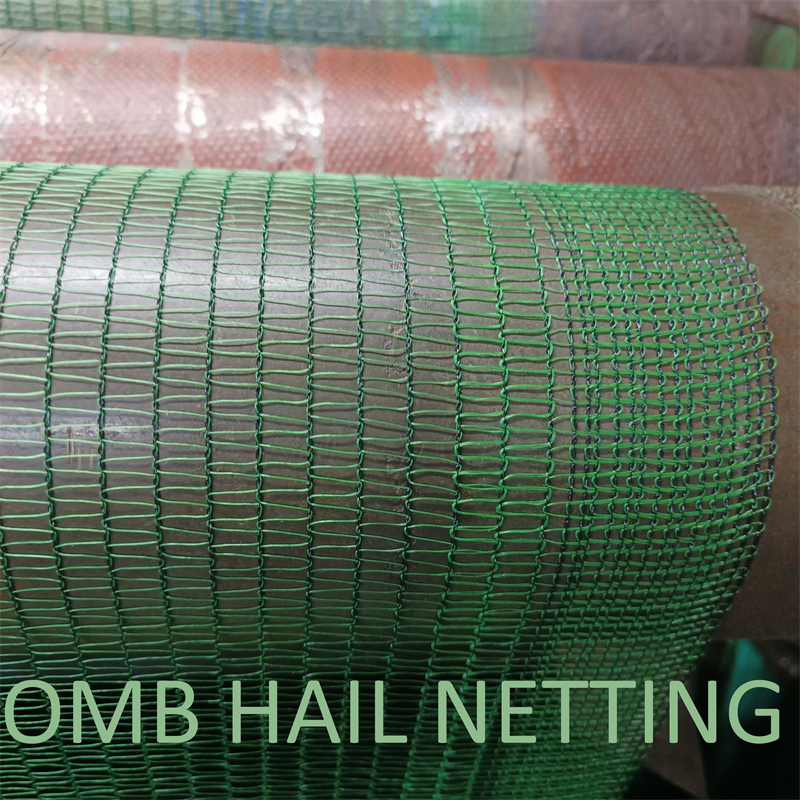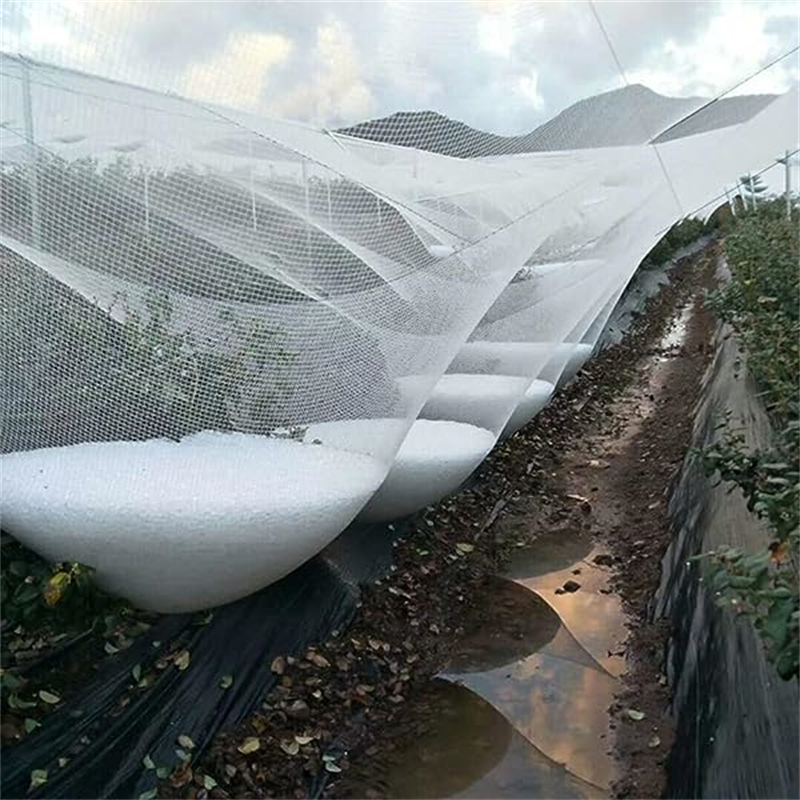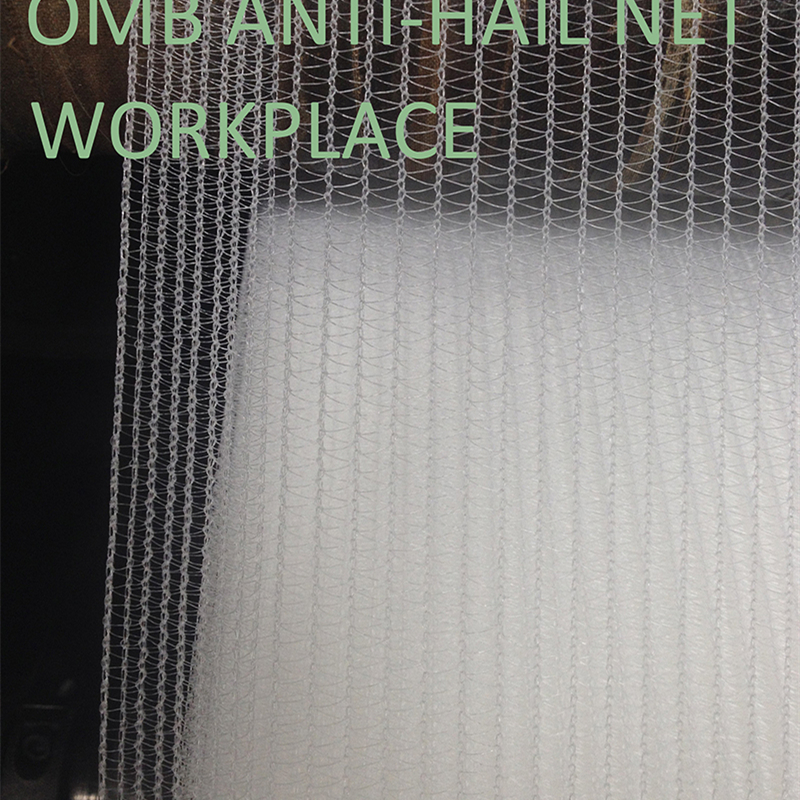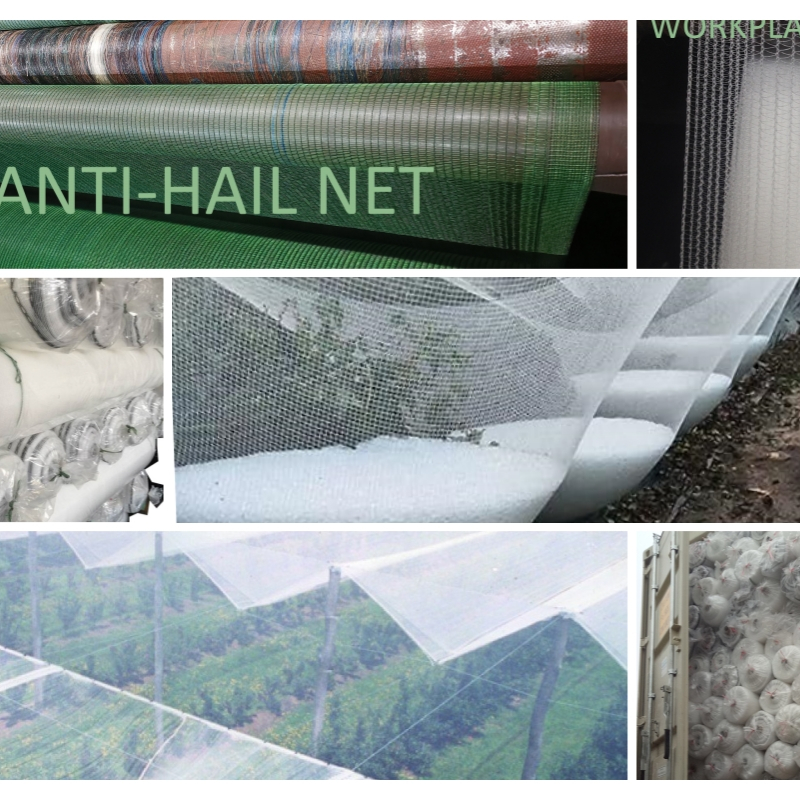Types of Hail Protection Nets
Gardening is a rewarding hobby that many people enjoy. It allows us to connect with nature, grow our own food, and create beautiful landscapes. However, gardening also comes with its own set of challenges, one of which is dealing with unpredictable weather conditions. Hailstorms, in particular, can be devastating for gardens. They can cause significant damage to plants, ruining all the hard work and effort that gardeners put into nurturing them. Fortunately, there is a solution to this problem -- hail protection nets. These nets not only add a visually appealing element to your garden but also provide effective protection against hail. In this article, we will delve into the world of hail protection for gardens, exploring the best options available and how they can help safeguard your precious plants.

Why is Hail Protection Important?
Before we delve into the various hail protection options available, it's important to understand why such measures are crucial for gardeners. Hailstorms can cause significant damage to plants. The impact of hailstones can lead to bruising, tearing, and even complete destruction of plants. Stems can be broken, leaves stripped, and delicate flowers ruined. This not only affects the aesthetic appeal of your garden but also hampers the growth and productivity of your plants.
Hail damage can also lead to secondary problems. For instance, damaged plants are more susceptible to diseases and pests. Furthermore, if you're growing fruits or vegetables, hail damage can significantly reduce your yield. Therefore, by implementing hail protection measures, you can ensure the longevity and health of your garden, as well as maintain its productivity.

Types of Hail Protection Nets
There are several types of hail protection nets available on the market, each with its own set of advantages. Here are some of the most common types:
Polyethylene Hail Nets: These nets are made from high-density polyethylene, a type of plastic that is known for its strength and durability. Polyethylene hail nets are designed to withstand the impact of hailstones, providing excellent protection for your plants. They are lightweight, making them easy to install and remove. Furthermore, they are available in various mesh sizes, allowing you to choose the level of protection required for your garden.
Woven Hail Nets: Woven hail nets are another excellent option for hail protection. They are made from woven polypropylene, a material that offers superior strength and durability. These nets are specifically designed to withstand harsh weather conditions, including hailstorms. The tight weave of these nets prevents hailstones from penetrating through, ensuring maximum protection for your plants.
Knitted Hail Nets: Knitted hail nets are constructed using a knitting technique that creates a flexible and stretchable fabric. This makes them highly resistant to tearing, providing effective hail protection. The knitted design also allows for better air circulation and light penetration, promoting healthy plant growth.

Installation and Maintenance
Once you have chosen the type of hail protection net that suits your garden's needs, it's essential to install and maintain it properly. Here are some tips to ensure effective installation and maintenance:
Proper Anchoring: Securely anchor the hail protection net to prevent it from being blown away during strong winds. Use sturdy poles or posts and ensure they are firmly planted in the ground. The net should be taut but not overly tight, as this could cause it to tear.
Regular Inspections: Regularly inspect the hail protection net for any signs of damage or wear. Look for any tears or holes that could allow hailstones to pass through. Replace any torn or damaged sections immediately to maintain optimal protection.
Seasonal Removal: Depending on your location and the frequency of hailstorms, you may need to remove the hail protection net during non-hail seasons. This will prevent unnecessary wear and tear and prolong the lifespan of the net. Store the net in a dry, cool place to prevent damage.
Cleaning: Clean the hail protection net periodically to remove any debris or dirt that may accumulate. This will ensure proper functioning and longevity of the net. Use a soft brush and mild detergent to clean the net, and rinse it thoroughly with water.
Additional Tips for Hail Protection
In addition to using hail protection nets, there are some extra measures you can take to safeguard your garden from hail damage:
Mulching: Apply a layer of mulch around your plants to provide an extra layer of protection. Mulch acts as a cushion, absorbing the impact of hailstones and reducing damage to the plants. It also helps to retain soil moisture and suppress weeds.
Covering Individual Plants: For delicate or valuable plants, consider using individual covers made from lightweight materials such as fabric or plastic. These covers can be easily placed over the plants when hail is forecasted and removed afterward.
Plant Selection: Choose plants that are more resistant to hail damage. Some plants have thicker leaves or stronger stems, making them more likely to withstand hail impact. Do some research and select varieties that are known for their hail resistance.
Timing: Keep an eye on weather forecasts and try to schedule your gardening activities accordingly. If a hailstorm is predicted, try to complete any necessary tasks before the storm hits or postpone them until after the storm has passed.

Conclusion
Gardening is a labor of love, and protecting your plants from hail damage is an essential part of this endeavor. Hail protection nets, such as polyethylene, woven, and knitted nets, offer effective protection against hailstorms. By installing and maintaining these nets properly, you can safeguard your garden and enjoy the fruits of your labor without worrying about unpredictable weather. Additionally, implementing additional measures like mulching, covering individual plants, selecting hail-resistant varieties, and timing your gardening activities can further enhance the protection of your garden. So, invest in the best hail protection for your garden and let your plants thrive, no matter the weather!


 英语
英语 西班牙语
西班牙语













